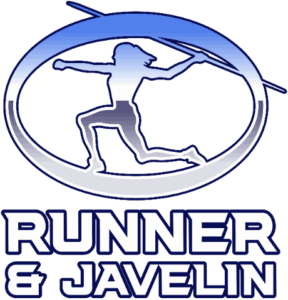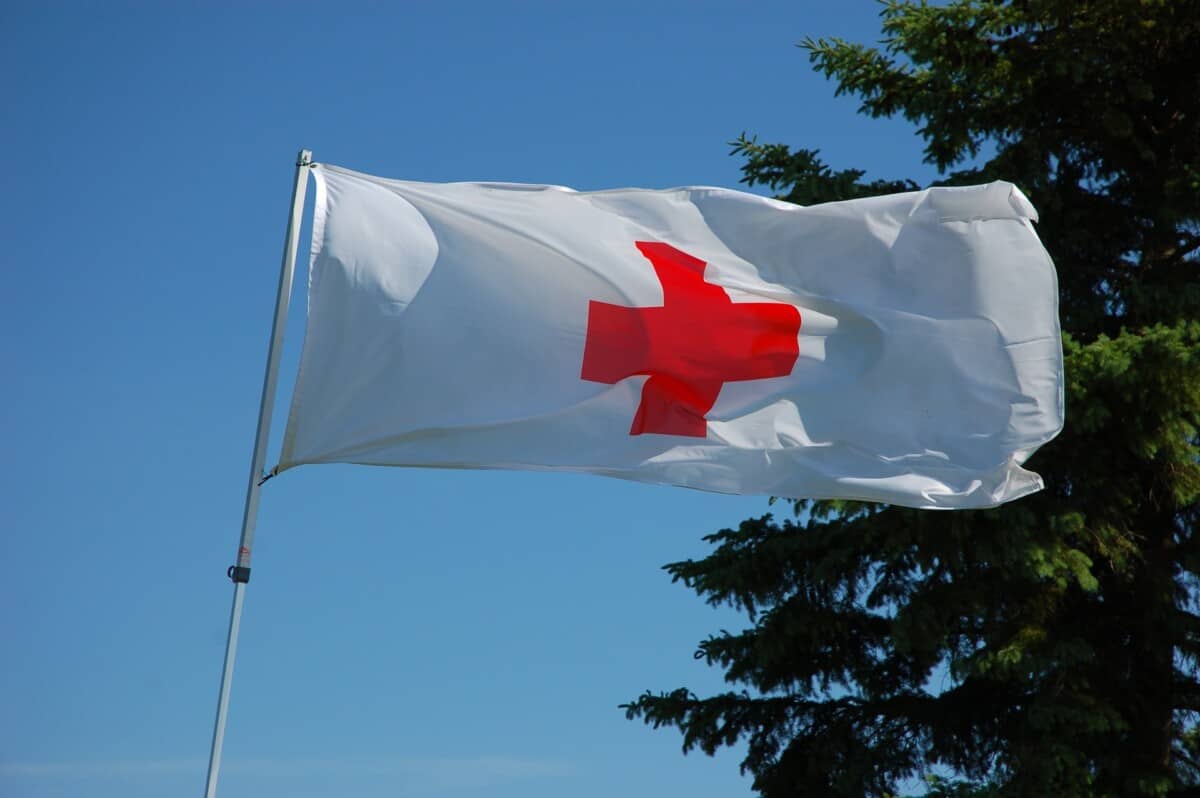Safety is of utmost importance while participating in any sports event. All the athletes are prone to injury, even after taking all the necessary precautions. In case of injuries, having a first aid kit handy is an absolute must. A good first-aid kit is an essential commodity present in every athlete’s bag. It is essential to have a first aid athletics kit that can help an athlete, in case the need arises.
No sports team or player should be attending an event without a proper first aid athletics kit. A good first aid kit should be designed in a way that it can tackle any on-field injury or illness that can occur. A sports team with a good first aid kit, is always prepared to handle any adverse situation. More often than not, an injury that occurs on the field, can develop into something big if not treated properly.
It makes the inclusion of a first aid athletics kit, all the more important. There are different items that should be present in a first aid kit. Apart from the basic necessities, there should be specific items pertaining to the most common injuries in a sport. Keeping all this in mind, let us have a look at what all should one have, in first aid athletics kit.
Be In Sync With The Sport
The content of the first aid athletics kit should be in accordance with the sport the player is taking part in. The type of first aid that may be needed, always depends up on the kind of injury that the players are more prone to. For example- abrasions, bruises and sprained ankles are pretty common in a game of baseball, the first aid athletics kit of a baseball team should contain elastic bandages, cold packs and band- aids.
A first aid athletics kit designed for any track event should contain the necessary items to treat blisters, pulled muscles and sprains. If the sports event is going to be conducted in the sun, many teams apply and keep sunscreen in the first aid athletics kit too.
It is a good idea to keep all the items properly stacked in the kit. The items should be well organised so that they can be used swiftly when the need arises. Another thing to be kept in mind is that though applying first aid doesn’t require much training per se, but having a trained medical professional along with the team, is a good idea.
Stock A Realistic Quantity
Keep in mind that the more items you have, the better your chances of facing any injury. Whether it is a school level competition or an Olympic event, having the right amount of first aid tools will come in handy.
There may be more than one injury that you would be needing to pay attention to. You would be needing wound care items, ointments, taping supplies and other such thing in your kit.
General Rules For A First Aid Athletics Kit
A properly stocked first aid athletics kit should be handy and have all the above mentioned things. The person who is going to administer the first aid, should be familiar with the items in the kit and should have practiced giving first aid before. The first aid kit should be made up of a sturdy waterproof material. This is done to ensure that the adhesive it contains remain dry.
To include the ice packs, a separate insulated compartment should be present. If the kit is going to be shared among various people, then a list or inventory of items should be prepared.
There are also some items in a first aid kit, like the antihistamines and other analgesics that have an expiry date. One should be careful to check the dates mentioned on these products and replace them timely.
Ensure Ready Access
When the sports event begins, the first aid athletics kit should be kept in a place that allows easy access. The sporting staff should keep the kit handy at all times. It should be easily accessible and marked prominently for rapid identification. All the items should be segregated accordingly and be used as and when needed. You can use Ziploc type bags to keep extra materials in the kit.
These are some basic rules you should keep in mind, while organising and preparing a first aid athletics kit. All the items should be properly marked, kept neatly, and the medications should be checked to ensure that there are no expiry products in the first aid kit.
Let us now talk about the contents of the kit. As mentioned above, the contents of the kid will vary according to the sports the kit is a part of.
If you do not have the services of a medical professional, at least have them teach you the correct method of applying first aid. You should be aware about the right technique to mould a Sam Splint to support a sprained wrist, apply a Steri strip to close the wounds, and monitor the vitals if and when required. These are some things that only a medical professional can teach you.
Contents Of A First Aid Athletics Kit
General Supplies
- First Aid Manual or Emergency/CPR flashcards
- Safety pins
- Paramedic or EMT shears.
- Sharp-pointed surgical scissors
- Bandage scissors
- Splinter forceps (tweezers)
- Standard oral thermometer: digital, mercury, or alcohol
- Wooden tongue depressors
- Waterproof flashlight or headlamp
- A pair of spare batteries for the above items
- CPR mouth barrier or pocket mask
- Sterile (hypoallergenic or latex) surgical gloves (at least 2 pair); if you are allergic to latex, bring synthetic, impermeable gloves
- Instant chemical cold pack
- Ziploc bags (to hold ice for ice packs)
- Rescue blanket
- Cell phone
- Medical release forms
- List of emergency phone numbers (paramedics, hospital emergency room)
Splinting & Sling Material
- Cravat cloth (triangular bandage)
- 2″, 3″, and 4″ elastic wrap (Ace*)
- 4″ x 36″ SAM Splints
- Aluminium finger splints
Wound Care Preparations
- Elastic bandages (Band-Aid or Coverlet) in assorted sizes (strip, knuckle, and broad) cloth with adhesive is preferable
- Adhesive strips for wound closure (Steri-Strip* or Cover-Strip II*), assorted sizes
- 3″x 3″ or 4″ x 4″ sterile gauze pads (packets of 2 to 5)
- 5″ x 9″ or 8″ x 10″ sterile gauze (“trauma”) pads (packets of 2 to 5)
- Non-stick sterile bandages (Telfa*), assorted sizes (used to cover abrasions)
- Tegaderm* transparent wound dressing (also comes in combination with a Steri-Strip in a Wound Closure System)
- Liquid soap
- Sterile disposable surgical scrub brush
- Sterile cotton-tipped swabs or applicators, 2 per package
- Tincture of benzoin, bottle or swab sticks
- Povidone iodine 10% solution (Betadine), 1 ounce bottle or swab sticks
- Antiseptic towelettes
- 1″, 2″, 3″, and 4″ rolled conforming gauze
- 1″ x 10 yards (9.1 m) rolled cloth adhesive tape
- 1″ x 10 yards (9.1 m) rolled paper or silk (hypoallergenic) adhesive tape
- 1″ x 10 yards (9.1 m) rolled waterproof adhesive tape
Eye Medications & Dressings
- Pre-packaged individual sterile oval eye pads
- Pre-packaged eye bandages
- Metal or plastic eye shield
- Sterile eyewash.
- Contact lens remover
Topical Skin Preparations
- Bacitracin, mupirocin, or bacitracin-neomycin combination polymyxin B , sulphate ointment
- Insect repellent containing DEET
- Sunscreen lotion or cream (SPF 15 or 30)
- Lip balm or sunscreen
- Sunblock
Allergy Kit
- EpiPen Auto-Injector [0.3 mg] and EpiPen Jr. Auto-Injector [0.15 mg] for kids ) or allergy kit with injectable epinephrine (Ana-Kit)
- Diphenhydramine (Benadryl), 25 mg capsules
Non-Prescription Medications
- Ibuprofen, 200 mg tablets
- Acetaminophen, 325 mg tablets
- Antacids
- Decongestant (such as oxymetazoline), nasal spray (to treat a nosebleed that doesn’t respond to simple pressure)
- Glutose (liquid glucose) paste tube (to treat a hypoglycaemic – low blood sugar reaction)
Prescription Medications
- Metered-dose bronchodilator (to treat an asthma attack)
- Space meter
- Peak-flow meter
Other equipment may be available at the venue the sports event is being organise. But it is always a good idea to bring all the necessary items on your own.
Keeping a first aid athletics kit ready to use, can help prevent a minor injury from turning into something serious. Keeping these facts in mind, you should keep a kit handy at all times!

